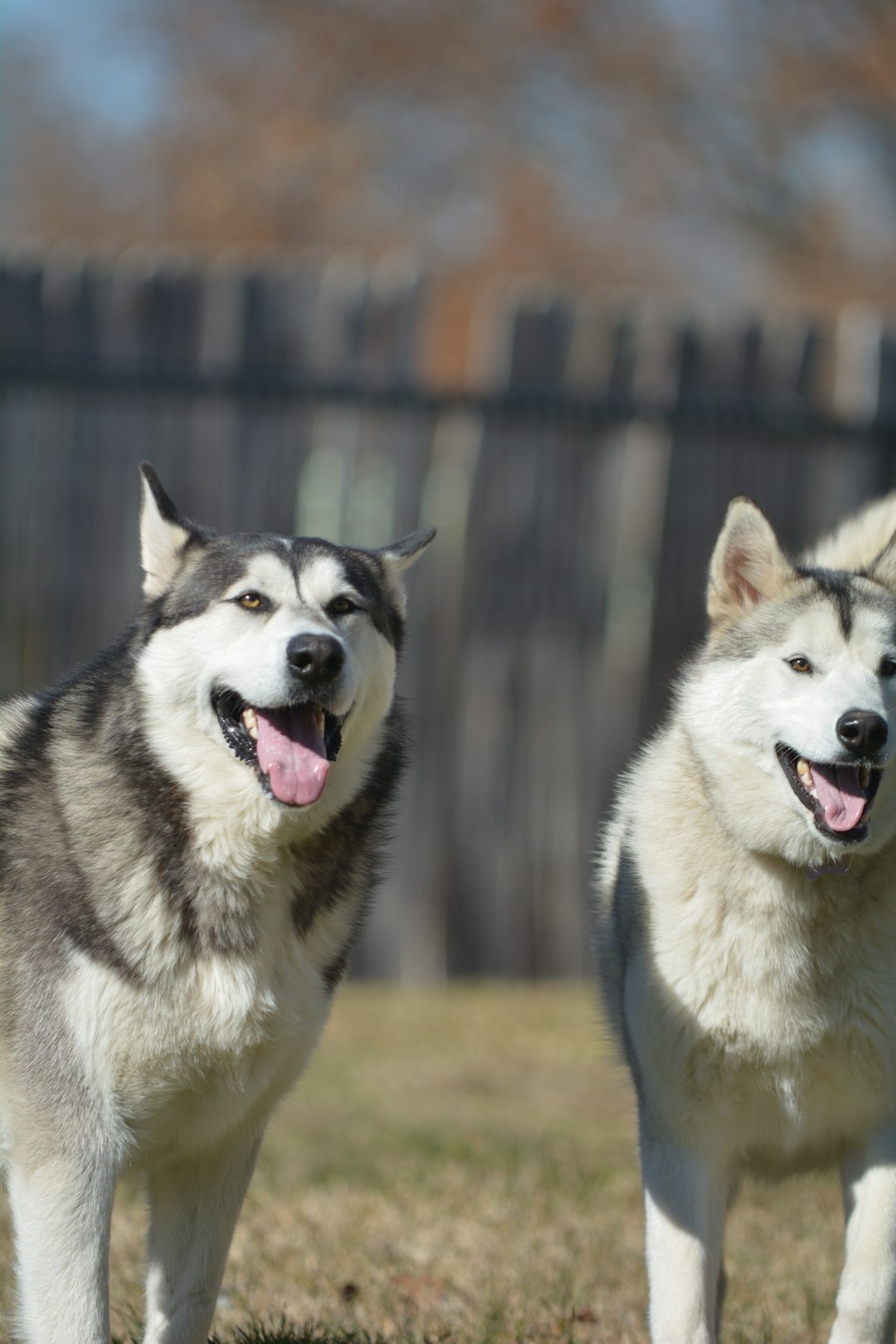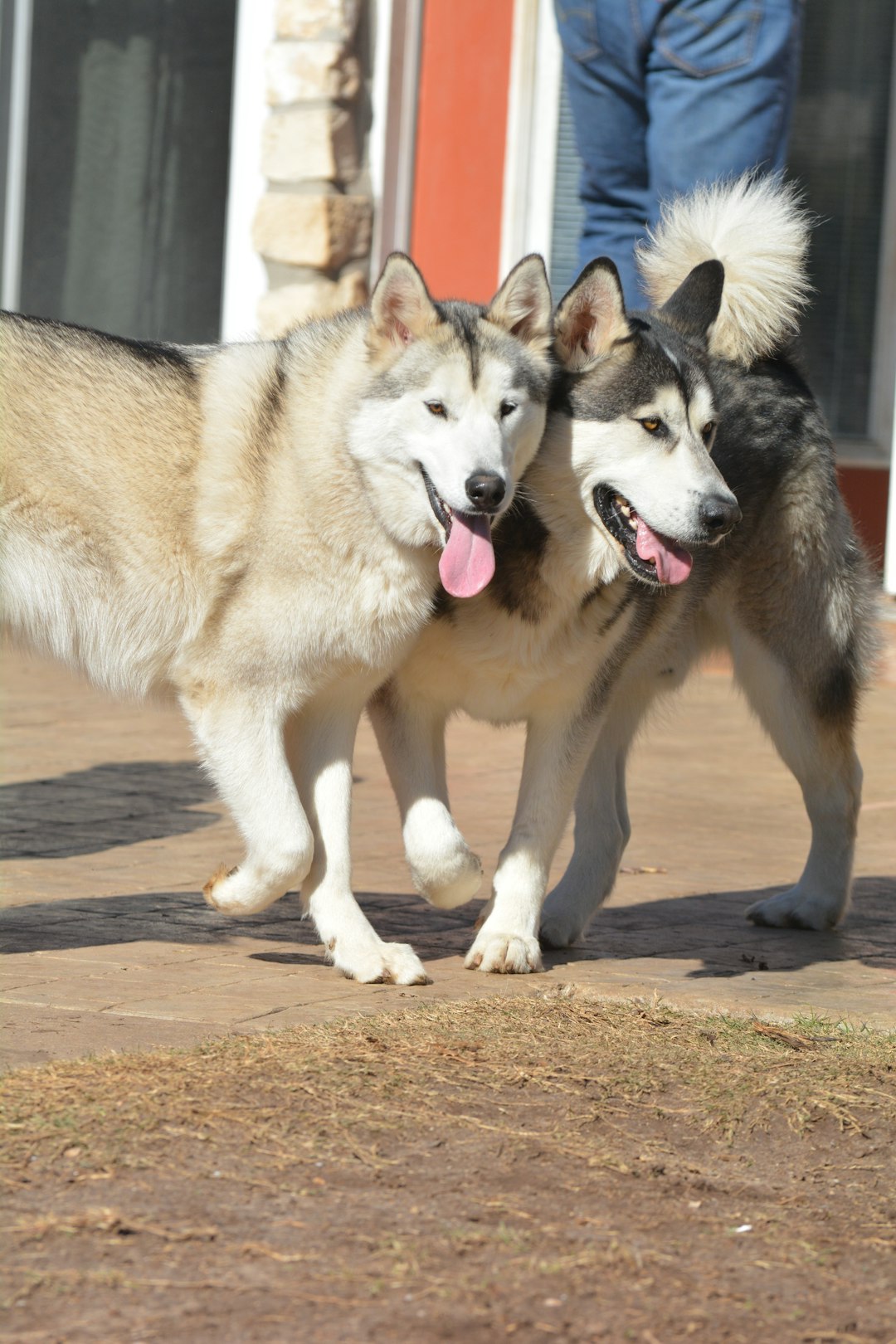When it comes to choosing a Dog Harness for Small Dogs, it’s like finding the right pair of shoes – only these shoes don’t click when you walk! Forget the “one-size-fits-all” nonsense; our furry friends deserve better! Picture this: a harness that fits snugly while also making your pooch look dapper. Whether your little buddy dreams of being a runway model or just a royal couch potato, we’ve got the tips and tricks to ensure they strut their stuff in comfort and style. So, grab a tape measure, and let’s dive into the world of small dog harnesses!
Types of Dog Harnesses for Small Dogs
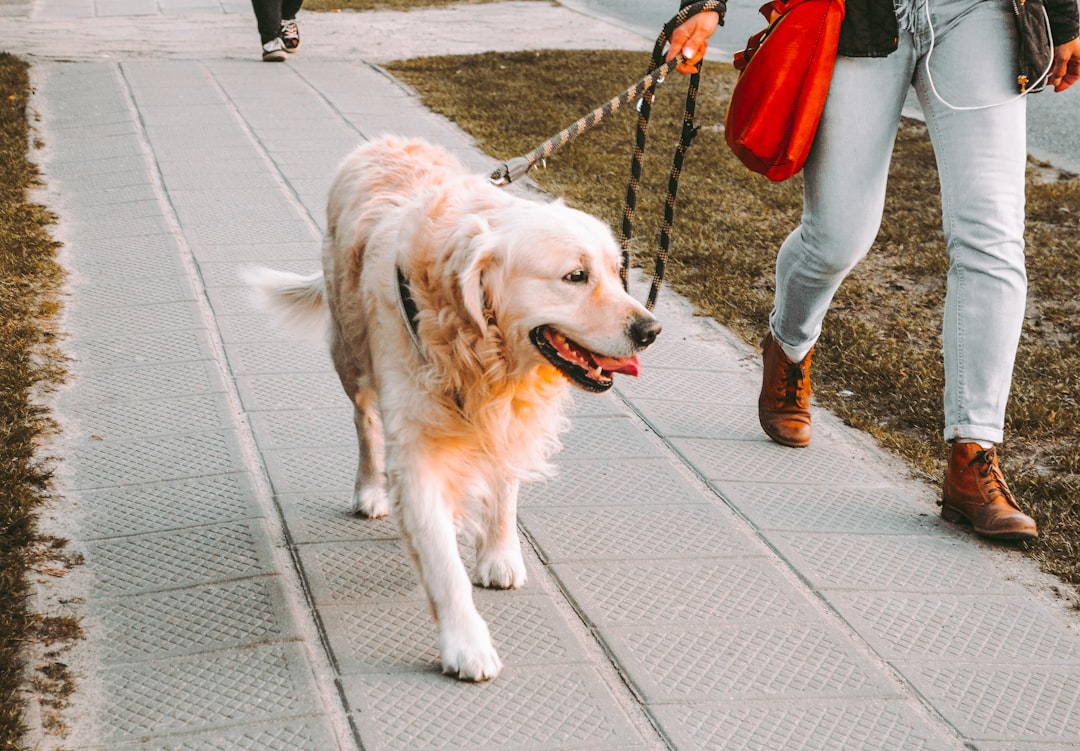
When it comes to picking the right Dog Harness for Small Dogs, the variety available can leave you more confused than a cat at a dog show. Luckily, we’re here to sort through the chaos. Here are the most popular types of harnesses that will have your little furball strutting their stuff in style:
- Step-In Harness: Perfect for small dogs who like to feel like they’re in a spa. They simply step in, and voila, they’re harnessed up!
- Vest Harness: Ideal for those fashion-forward pups. It hugs their body, providing comfort and style, much like a designer jacket for humans.
- Back-Clip Harness: Great for casual walks. Just clip your leash on the back and unleash your pup’s inner explorer—minus the drama!
- Front-Clip Harness: This beauty gives you more control. Ideal for small dogs who think they can outsmart you (spoiler: they can!).
So, before you grab any old harness, decide which type complements your pooch’s personality and your walk style. Because every small dog needs a Dog Harness for Small Dogs that suits their snazzy selves!
Benefits of Using a Harness Instead of a Collar
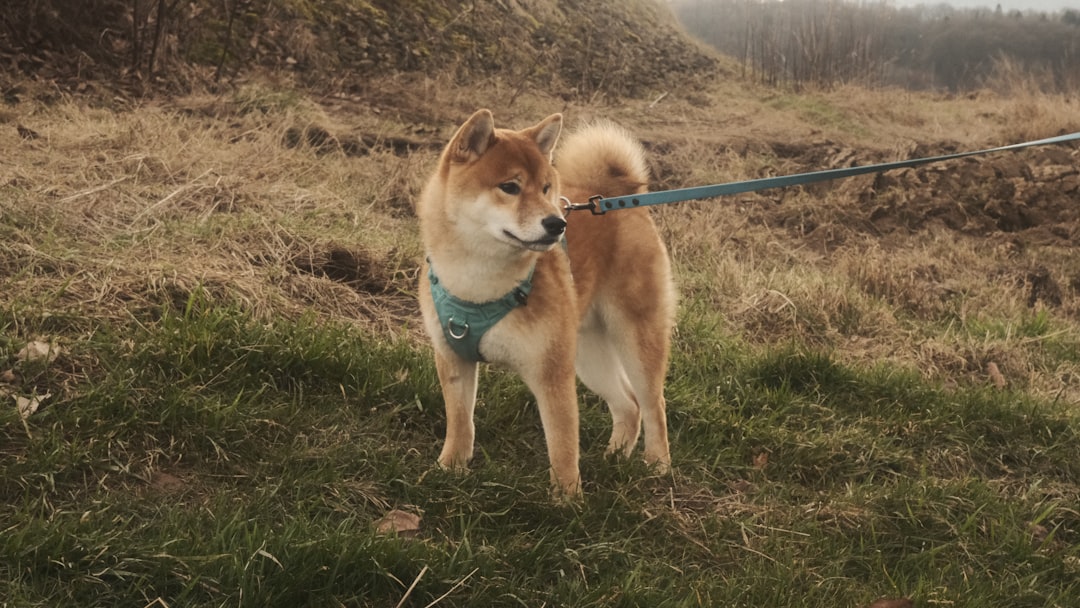
Ah, the age-old debate: harness or collar? While collars look adorable (and they’re great for displaying your dog’s “I’m cute, but I bite” tag), the Dog Harness for Small Dogs wins hands-down for a plethora of reasons!
Here’s why you should consider making the switch:
- Better Control: With a harness, you have a firm grip on your rambunctious little pooch. No more surprise sprints towards squirrels!
- Reduced Strain: Collars can put pressure on delicate necks, while a harness distributes that lovely tugging force across the chest and back.
- Helps Picky Walkers: If your pup is a bit of a diva, a Dog Harness for Small Dogs gives you the ability to steer them clear of potential snags—like tempting fire hydrants.
- Less Choking Risk: Forget the fear of strangling your furry friend when they pull. A harness keeps it easy-breezy.
In conclusion: Opting for a harness isn’t just trendy; it’s a decision that leaves a smile on both your and your pup’s faces! How could you resist such a win-win situation?
Measuring Your Small Dog for the Right Fit
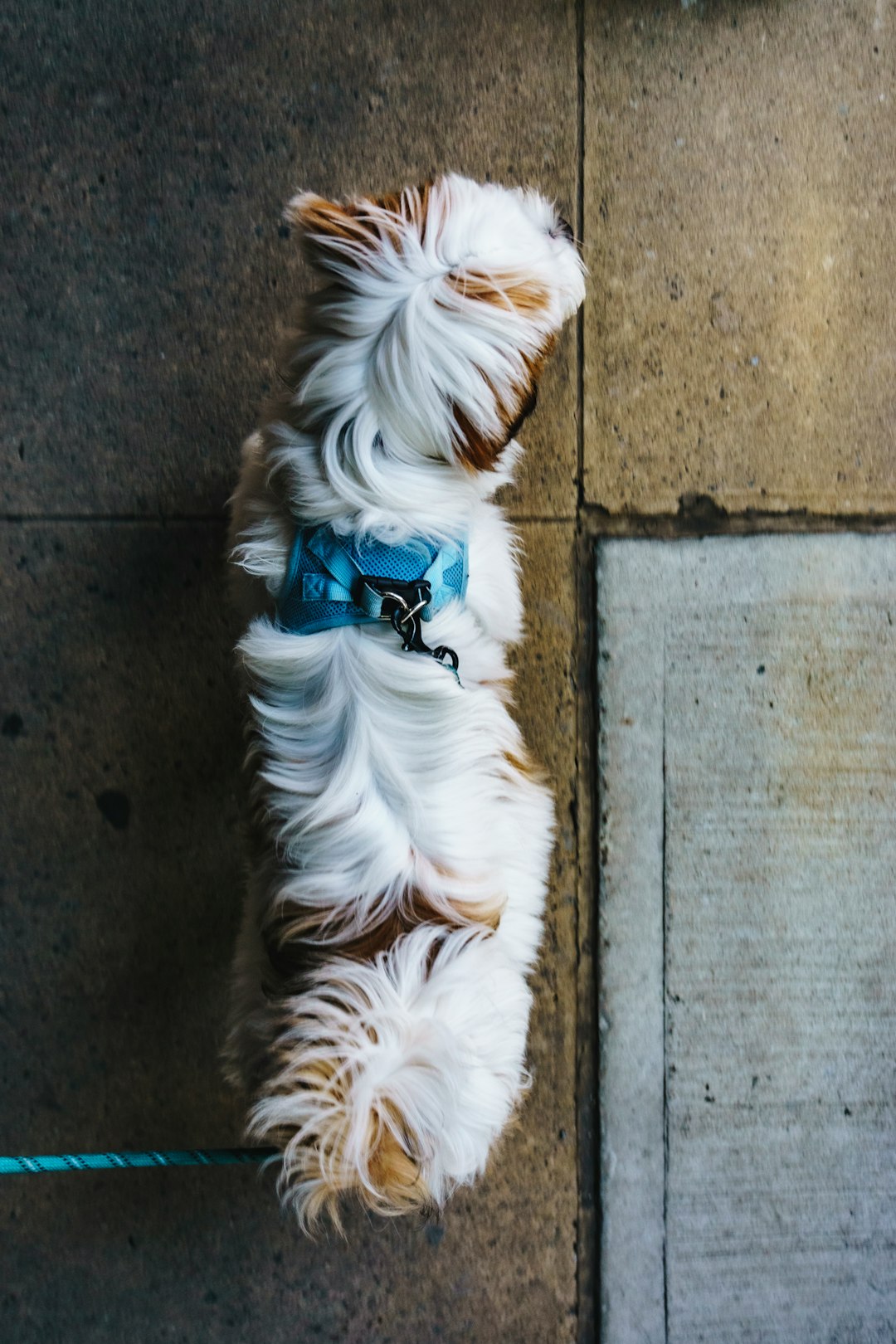
Let’s face it: nobody wants to be the dog owner who shows up at the park with a harness that fits like a sausage casing! So, measurement is key when hunting for the ideal Dog Harness for Small Dogs. Here’s a simple guide to ensure your pup struts their stuff comfortably and stylishly!
Step-by-Step Measurement Process:
- Get the Tape Measure: Yes, that tape measure. If only buying a harness could be as easy as picking a snack!
- Measure the Chest: Wrap the tape around the widest part of your dog’s chest. Interior decorators call that “impressive girth.”
- Measure the Neck: Get the circumference of your dog’s neck. Think of it as prepping for the stylish collar at a doggy gala.
- Check the Weight: Sometimes the scales can’t lie. Weigh your small dog for reference.
- Compare with Size Charts: Cross-check your measurements with the manufacturer’s size chart.
Pro Tips:
- Don’t Forget to Leave Room: A little wiggle room ensures comfort – and prevents the great doggy escape act!
- Consider the Breed: Each breed has its unique quirks (and proportions)!
With the right measurements, you’ll find the paw-fectDog Harness for Small Dogs that fit better than your last pair of jeans! 🐕
Factors to Consider When Choosing a Harness
Selecting the right Dog Harness for Small Dogs might sound like a walk in the park, but it’s more like a stroll through an obstacle course! Here’s a cheeky checklist to help you navigate the harness jungle:
- Size Matters: That little fur ball of yours isn’t a Great Dane! Make sure the harness fits snugly without doubling as a coat.
- Material: Look for breathable fabrics. Small dogs get hot quickly (especially if they’re plotting world domination).
- Adjustability: The best harness hugs in all the right places. If it has multiple adjustment points, you’re onto a winner!
- Design and Style: From floral patterns to dinosaur prints, pick something that screams “I’m fabulously fashionable!”
- Ease of Use: Can you fasten this thing in under 5 seconds? If not, it’s probably destined to become a chew toy.
In summary, a great Dog Harness for Small Dogs is one that balances comfort, style, and usability—so your pup struts their stuff without a care in the world! 🐕✨
Popular Styles and Designs for Small Dog Harnesses
When it comes to choosing a Dog Harness for Small Dogs, style isn’t just about looking cute—it’s about making your pooch feel like the top dog they truly are! Here are some popular styles that not only boast fashion but also finesse:
- Step-In Harnesses: Perfect for the “I refuse to be bothered” types. Simply lay it on the ground, and let your dog step right in! Easy peasy.
- Vest Harnesses: These snug and cozy harnesses are like a warm hug for your little furball. They come with extra padding, perfect for chilly days or cuddly naps.
- No-Pull Harnesses: For the enthusiastic pullers who think they’re leading the pack. This style gently discourages pulling with a design that distributes pressure evenly.
- Basic Harnesses: Simple yet effective. If your dog isn’t one to overthink fashion, the basic harness does the job without the glam.
Comparison of Styles
| Style | Ease of Use | Comfort Level | Best For |
|---|---|---|---|
| Step-In | High | Medium | Reluctant walkers |
| Vest | Medium | High | Cozy lovers |
| No-Pull | Low | Medium | Pulling enthusiasts |
| Basic | Very High | Low | Minimalists |
So, remember, picking the right Dog Harness for Small Dogs is about combining comfort, style, and a dash of personality. Choose wisely, and your pup will strut their stuff with confidence!
Safety Features to Look for in a Dog Harness
When it comes to the safety of your pint-sized pup, choosing the right Dog Harness for Small Dogs is crucial. After all, you wouldn’t let your best friend run around in a life jacket meant for a whale, would you? Here are some paw-sitively important safety features to consider:
- Reflective Strips: Great for late-night walks and extra visibility! If your small dog thinks they’re a ninja, reflective strips will ensure you at least see them as they sneak away.
- Clip-in Leash Attachment: Look for a harness with both back and front leash attachments. It’s like having the best of both worlds—control for your escape artist and freedom for those days they want to channel their inner cheetah.
- Sturdy Buckles: Opt for harnesses with robust buckles; flimsy ones sound like a very bad idea, especially if you don’t want your little guy getting a head start on a jog while you’re stuck fumbling.
- Comfort Padding: Because your dog deserves a life of luxury! Soft, padded harnesses will help prevent chafing, allowing your furry friend to strut their stuff in style.
Remember, the right Dog Harness for Small Dogs should feel like a fashion statement – not a straightjacket!
Tips for Getting Your Dog Comfortable with a Harness
So, you’ve just procured a brand-new Dog Harness for Small Dogs and you’re eager for your canine friend to strut their stuff. However, before you start turning heads at the dog park, let’s make sure Fido feels like the star of the show! Here’s how to make your pup love their harness faster than you can say “biscuit”:
- Start Slow: Introduce the harness while your pup is relaxed. Maybe during snack time—because who can resist food?
- Let Them Sniff: Dogs explore the world through their noses. Allow your small dog to examine the harness. It’s like meeting a new friend—with less barking!
- Short Sessions: Initially, let your dog wear the Dog Harness for Small Dogs for brief periods. Think of it as a short, glamorous red carpet appearance.
- Positive Reinforcement: Treats, praise, and belly rubs—oh my! Use them generously to associate the harness with all things positive.
- Practice Walks: Begin with indoor strolls to get them used to the feel. Gradually head outdoors for adventures!
Follow these tips, and soon, your pooch will be pleading to put on their Dog Harness for Small Dogs like it’s their favorite shirt. Trust me, you’ll be the envy of the neighborhood! 🐶✨
Tips for Getting Your Dog Comfortable with a Harness
Transforming your pooch into a harness-wearing pup doesn’t have to feel like a scene from a horror movie! Getting your furry friend comfortable with a Dog Harness for Small Dogs can be a breeze with these simple tips:
- Take it Slow: Start by letting your small dog sniff and explore the harness. It’s like introducing them to a new toy, but without the squeaky sound!
- Positive Reinforcement: Use treats like you’re handing out awards at a doggy Oscars ceremony. Reward them every time they interact with the harness.
- Practice Makes Perfect: Gradually put the harness on your dog for short periods. Think of it as a fashion show, not the Met Gala. A few minutes at a time can work wonders!
- Make it a Fun Game: Incorporate playtime or walks after harnessing. Your small dog will start associating the harness with fun adventures!
- Stay Patient and Consistent: Every dog is unique! If your furball acts like you put on a straight jacket, just keep trying.
With a pinch of patience and a dash of positivity, your small dog will strut around in their Dog Harness for Small Dogs like a runway model in no time!
Frequently Asked Questions
How do I know what size harness to buy for my small dog?
Choosing the right size harness for your little canine companion is akin to finding the right pair of shoes on sale — it requires a bit of measuring, thoughtful consideration, and maybe a sprinkle of luck! To avoid a harness that’s too tight or too loose, grab that measuring tape and get ready. Measure around your dog’s chest right behind the front legs, then consult the manufacturer’s size chart like it’s the holy grail of dog fashion. And remember, it’s always better to go a size up if you’re on the cusp — think of it as him wearing a chic, slightly oversized sweater!
What type of harness is best for my small dog?
Ah, the million-dollar question! The best harness is the one that doesn’t make your pup feel like they’re auditioning for a role in Mission: Impossible. Look for a lightweight, soft, and breathable harness, particularly one that evenly distributes pressure across the chest to avoid choking your furry friend into submission when they see a squirrel. Options like step-in harnesses are popular — it’s like your dog’s easy-to-navigate red carpet! And, if your dog has a diva attitude, consider one with a bit of bling. After all, who said safety can’t be stylish?
Can I use a dog harness instead of a collar?
Absolutely, you adventurous dog owner! A harness might just be the VIP pass your pup needs for a comfortable and enjoyable walk. Unlike collars, which can put pressure on your dog’s neck (imagine wearing a tie for hours), a harness gives them freedom to roam and wiggle without transforming into an escape artist. It’s especially helpful for small or brachycephalic breeds like Pugs or Shih Tzus, who have, let’s say, less-than-ideal necks for leash pulling. So, if you want a happy pup who feels like walking the runway instead of facing a choking hazard, grab a harness!
How do I train my small dog to wear a harness?
Training your pooch to wear a harness is simpler than convincing a cat to take a bath! Start by letting them sniff the harness and surrounded it like it’s the latest chew toy (but it’s not, so quickly pull it away!). Then, gently slip it on and reward your small friend with treats and belly rubs — because who can resist a good belly rub? Keep it on for short periods indoors, gradually increasing the time until it’s old hat — or harness, in this case! Before you know it, your tiny pup will be prancing around like they just got their paws on the latest doggy fashion!


